NIL
Komar, Nijkamp Named ITA All-Americans
STILLWATER – Anastasiya Komar and Rose Marie Nijkamp of Oklahoma State’s women’s tennis team were named ITA All-Americans in doubles after finishing the season ranked in the top 10 nationally, as was announced on Wednesday. This is the second consecutive season that Komar has earned the honor in doubles while Nijkamp draws her first […]
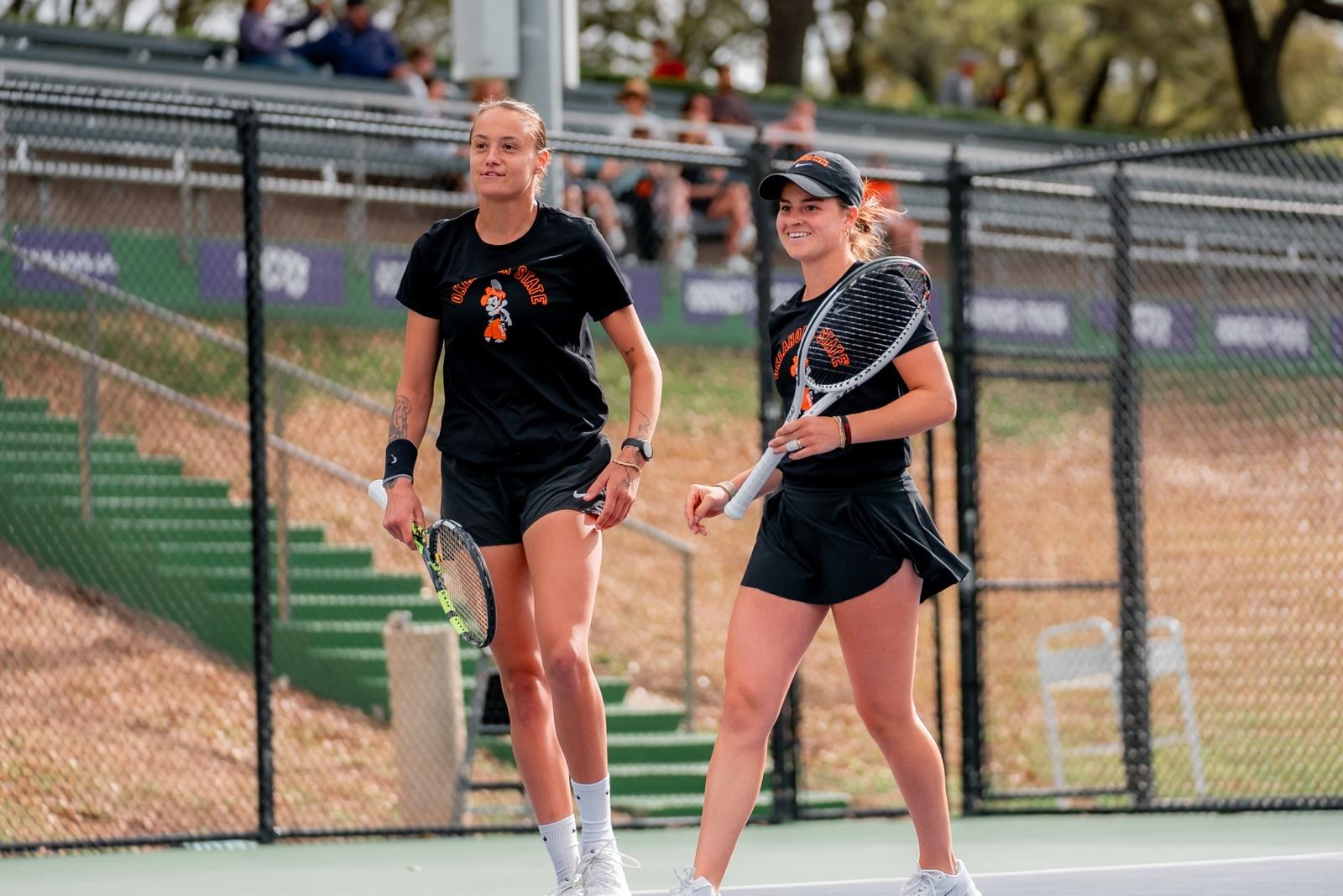
This is the second consecutive season that Komar has earned the honor in doubles while Nijkamp draws her first All-America nod after an impressive freshman season. Komar becomes just the fourth player in program history to earn multiple All-America selections in doubles, joining Monika Waniek, Lisa Marie Rioux and Ayumi Miyamoto.
OSU has now had 29 All-America selections in program history, including 17 during the Chris Young era. This is the first time that the Cowgirls have had multiple All-Americans in back-to-back seasons since 1990-91, as Komar and Ange Oby Kajuru earned the honor in 2024.
Komar and Nijkamp finished the season ranked No. 8 in the ITA doubles poll after going 22-3 at the No. 1 position for OSU. The pair went 11-0 during conference play and collected eight ranked wins on the season.
Oklahoma State finished at No. 15 in the ITA team rankings while four Cowgirls appeared in the final singles rankings, led by Komar at No. 60, followed by Gracie Epps at No. 81, Nijkamp at No. 87 and Melisa Ercan earning her first career collegiate ranking at No. 123.
For season-long coverage of Oklahoma State women’s tennis, follow @CowgirlTennis on social media and visit okstate.com.
NIL
The NCAA’s NIL ‘clearinghouse’ is a joke, would get laughed out of court
The portion of the House vs. NCAA settlement that is getting the most attention is the $20.5 million that universities can spend themselves on NIL payments for their athletes. However, there is a part of the settlement that you will be hearing much more about if you have not already. There is a stipulation in […]
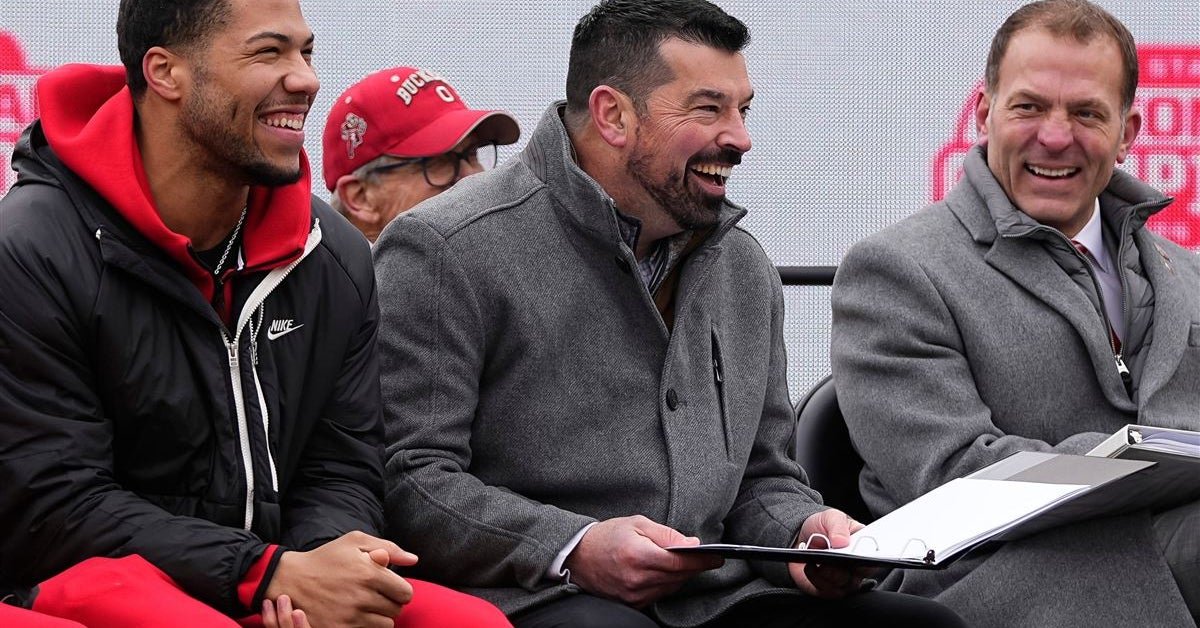
The portion of the House vs. NCAA settlement that is getting the most attention is the $20.5 million that universities can spend themselves on NIL payments for their athletes. However, there is a part of the settlement that you will be hearing much more about if you have not already.
There is a stipulation in the agreement that states any third-party NIL deals (e.g. anything that does not come directly from the university) worth $600 or more must be approved by a “clearinghouse” called “NIL Go.” The clearinghouse would be managed by an accounting firm called Deloitte and they would seemingly have the power of rejecting deals that they deemed were above market value and/or did not serve any actual business purpose.
Sounds good, right?
Well, there is absolutely zero chance that any NIL deal rejected by Deloitte would hold up in a court of law. Apparently, whoever added this ridiculous stipulation in the recent House settlement – and the parties that agreed to it – were not aware that the nation’s highest court has already spoken on this matter. Perhaps not directly, but the Supreme Court’s ruling in the 2021 NCAA vs. Alston case spoke volumes and set a strict precedent. In short, good luck getting a court to agree that an athlete’s NIL deal is “above market value” and therefore voided. There is not one judge in the country that would do that after NCAA vs. Alston. The Supreme Court ruled unanimously that the “NCAA attempting to restrict athletes from collecting benefits beyond full-ride scholarships violated antitrust law.” That is precisely what this clearinghouse would be doing.
Furthermore, how is Deloitte going to determine what is “above market value?” Here’s the thing in a capitalist society: Your market value is whatever someone is willing to pay you. We have what I would consider above-average college quarterbacks who will be making $4 million this season. Like it or not, that is literally their market value.
And get this, at a recent conference, Deloitte stated that “70 percent” of previous NIL deals across college athletics would have been denied by them (per Yahoo’s Ross Dellinger). Oh, that’s rich. Seventy percent, eh? Well, 100 percent of those cases would have been thrown out in court. Imagine the first time a local car dealer gives a kid seven figures and the agreement is voided by Deloitte. That kid would eventually get every penny because the NCAA — even using a third party — cannot restrict athletes from collecting benefits beyond full-ride scholarships. There is no gray area here. NIL — which really should be called PTP (pay to play) — gives athletes benefits beyond scholarships and therefore cannot be restricted. This is what makes the “NIL Go clearinghouse” one of the most absurd things I’ve ever seen. How could anyone think preventing an athlete from making a certain amount of money would hold up in court, after the country’s highest court already ruled unanimously on this issue?
Justin Williams from The Athletic quoted college football coaches and administrators who are convinced “the bagman” will return in full force because of this settlement. They also believe athletes won’t even use the NIL Go system to declare what they are making through their various NIL deals. Here is an excerpt from his piece:
In candid conversations, coaches and staffers have serious doubts that athletes will declare those deals, or do so accurately. Some have suggested that players are being encouraged not to declare deals at all, but to simply take the money and keep quiet rather than risk the clearinghouse flagging it. And if that’s the case, where do we suspect that money might be coming from?
“I guess it would just be the same as the way things used to work,” lamented an athletic director, frustrated by those already angling to undermine the settlement. “We’d be right back where we started.”
Before NIL, “bag men” were the not-so-invisible hands of big-time college sports, boosters who secretly funneled cash to top players and recruits. It was cheating in the same way that driving over the speed limit is a crime: If it wasn’t flagrant or egregious, you probably weren’t getting caught.
Keep it locked to Bucknuts for full coverage of all things Ohio State football. Athletic director Ross Bjork will meet with the media on Thursday to discuss the changing NIL landscape.
NIL
Texas Tech Red Raiders – Official Athletics Website
LUBBOCK, Texas – Following its historic run in the Women’s College World Series, Texas Tech softball came in at No. 2 in the final polls of the 2025 NCAA Softball season. The Red Raiders finished the season with a 54-14 record and were national runners-up in the programs first trip to the WCWS. D1Softball, Softball America, […]
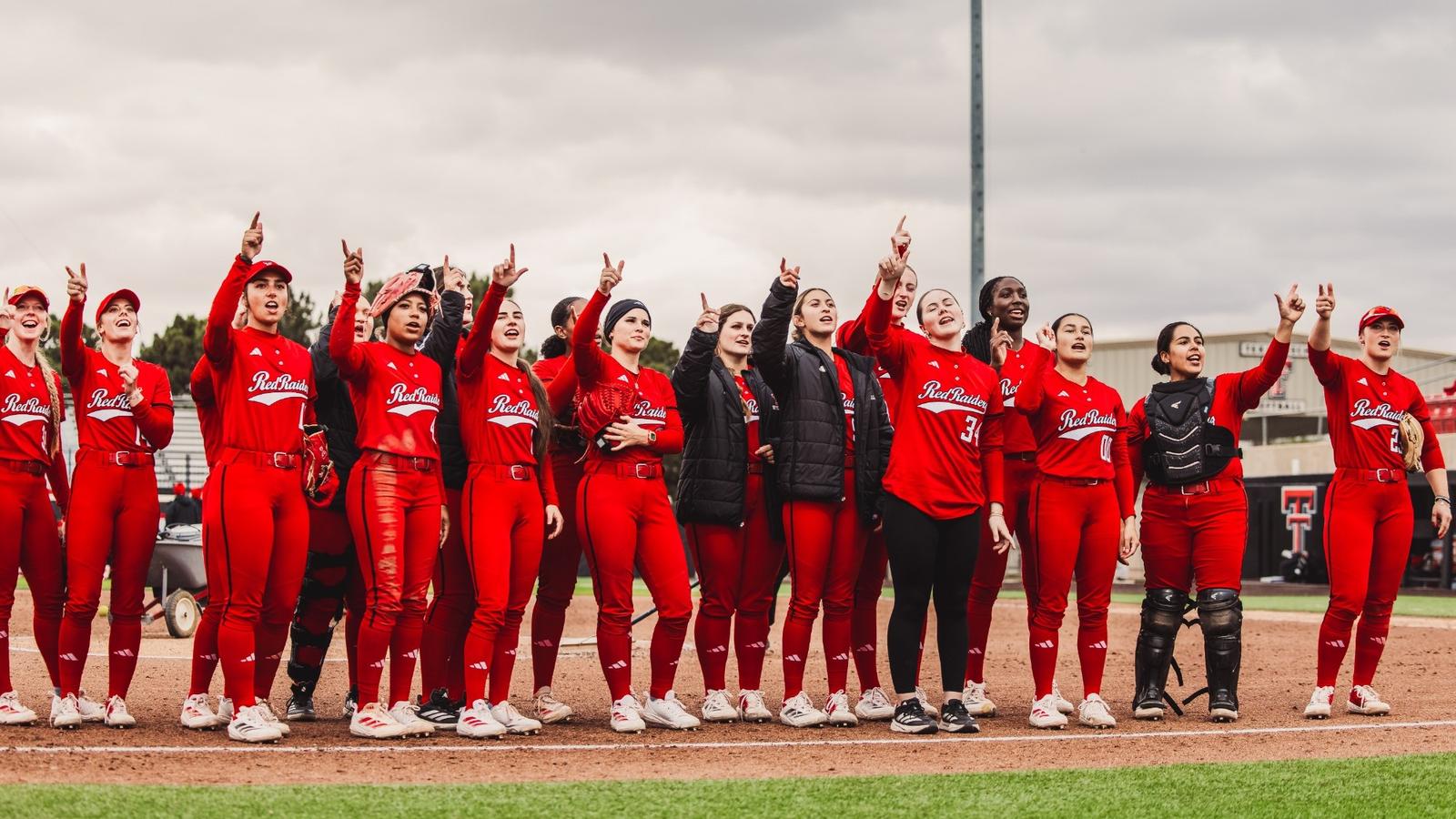
D1Softball, Softball America, NFCA and USA Softball polls all tabbed the Red Raiders as the No. 2 team to close out the season. This is Tech’s highest ever ranking and adds to a long list of historic accomplishments by the 2025 roster.
The Red Raiders won their first Big 12 regular season and tournament titles, hosted their first NCAA Regional, advanced to their first NCAA Super Regional and eventually made it to the promise land of college softball in Oklahoma City for the WCWS.
NIL
In NCAA’s renewed Congressional push, bipartisan NIL legislation introduced
The push from the NCAA and Power Five conferences to enact federal legislation around college sports is intensifying. U.S. Representatives Lisa McClain (R-Mich.)and Janelle Bynum (D-Ore.) introduced the “College Student-Athlete Protections and Opportunities through Rights, Transparency and Safety Act” on Tuesday morning, dubbed the College SPORTS Act. The bipartisan legislation includes many of the provisions […]
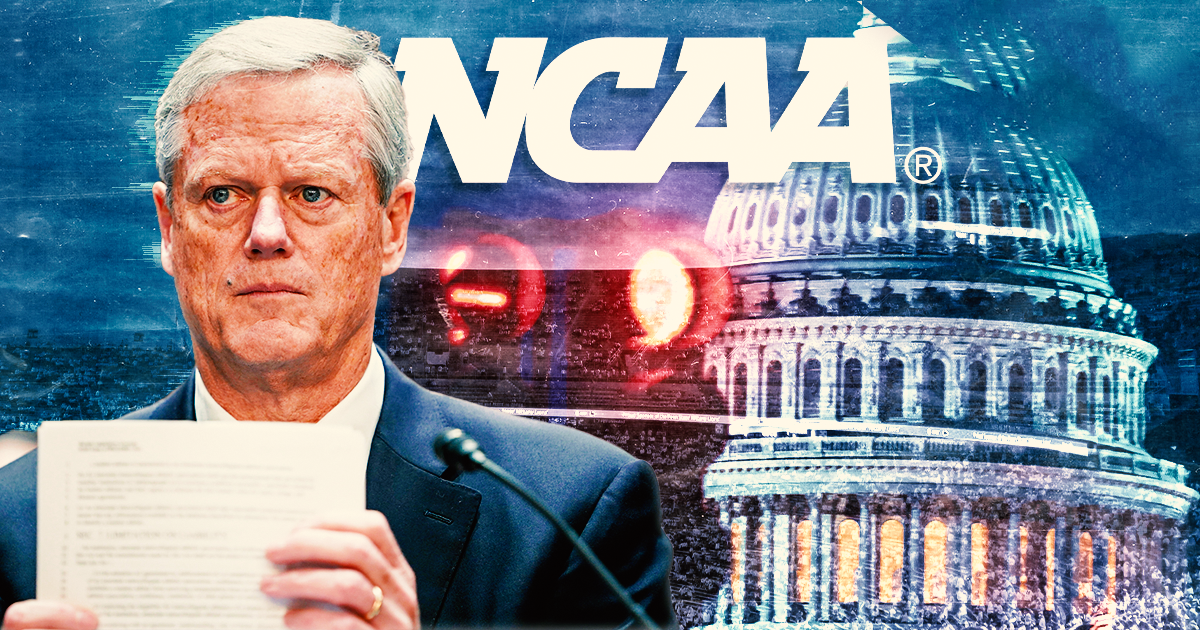
The push from the NCAA and Power Five conferences to enact federal legislation around college sports is intensifying. U.S. Representatives Lisa McClain (R-Mich.)and Janelle Bynum (D-Ore.) introduced the “College Student-Athlete Protections and Opportunities through Rights, Transparency and Safety Act” on Tuesday morning, dubbed the College SPORTS Act.
The bipartisan legislation includes many of the provisions the NCAA has repeatedly requested, such as federal preemption of state laws and codification that college athletes are not employees. The bill would also allow athletes to use their scholarships to complete a degree within 10 years, even if they leave school early, and establish agent registration and disclosure requirements.
“I don’t think this is about drawing lines between Democrats and Republicans or the House and Senate,” SEC commissioner Greg Sankey told reporters on Monday. “I think this is an opportunity for our governmental leaders, our political leaders, to come together around solutions to support our Olympic development program, to support college football and every one of our sports that flows off of that, including those that are labeled as non-revenue sports, to provide additional support for women’s sports.”
Meanwhile, a discussion draft has been circulating college athletics. The proposal under the House of Representatives’ Committee on Energy and Commerce would also codify much of what the NCAA has pushed lawmakers to enact in recent years. The House subcommittee is scheduled to discuss the draft at a legislative hearing on Thursday.
“This discussion draft comes at a time of historic transition for college athletics,” the ACC, Big 12, Big Ten, Pac-12 and SEC said in a joint statement on Tuesday morning. “In the absence of federal standards, student-athletes and schools have been forced to navigate a fractured regulatory framework for too long. Following the historic House settlement, this draft legislation represents a very encouraging step toward delivering the national clarity and accountability that college athletics desperately needs. We urge lawmakers to build on this momentum and deliver the national solution that athletes, coaches, and schools deserve.”
The renewed push for federal legislation comes days after the House v. NCAA settlement was approved. Since the NCAA was founded in 1906, institutions have never directly paid athletes. That will now change with the settlement ushering in the revenue-sharing era of college sports.
For the new College Sports Commission entity to be successful in enforcing the settlement, many around college sports believe it needs federal backing. The commission appointed Major League Baseball executive Bryan Seeley as CEO on Friday night.
“For too long, college athletes have generated enormous value for their schools and athletic programs without being allowed to share in the success they help create,” McClain said in a release announcing the College SPORTS Act. “We’re protecting the values that make college athletics great while modernizing the system to reflect today’s reality. This bill preserves the student-athlete model while offering real protections, real opportunity, and real fairness. I appreciate Congresswoman Bynum for partnering with me to get this bipartisan legislation moving forward.”
NIL
Mid-Major Softball Coaches Call Out What’s Happening in the Sport
In the shadows of the NCAA Women’s College World Series, where powerhouse programs grab headlines and trophies, a deeper issue is unfolding. One that’s quietly unraveling the foundation of mid-major programs across the country. Coaches are speaking out and they are not whispering. Name, Image, and Likeness (NIL) was meant to empower athletes. And in […]

In the shadows of the NCAA Women’s College World Series, where powerhouse programs grab headlines and trophies, a deeper issue is unfolding.
One that’s quietly unraveling the foundation of mid-major programs across the country.
Coaches are speaking out and they are not whispering.
Name, Image, and Likeness (NIL) was meant to empower athletes. And in many ways, it has. Just like anything that involves money and ego, it’s gotten messy—fast. What we’re seeing now isn’t just athletes cashing in on their brands. We’re seeing tampering. Flat-out poaching. And mid-major coaches have had enough.
These are programs that build players from the ground up. They don’t always have the flashiest facilities or the deepest pockets, but they’ve got grit, heart, and a culture of development. Yet now, with one standout season, these athletes are getting calls. Not from agents. From other coaches.
Let’s call it what it is, tampering.
While it might be happening behind the scenes, it’s becoming bolder by the day. Mid-major athletes are being lured with the promise of NIL deals, bigger stages, and exposure they “deserve.” But at what cost?
Ashley Waters of Boston University recently stated in a tweet:
Was the intention of the NIL to buy people off rosters? What has happened to our sport… the rich are getting richer, yet they preach “grow the game.” Allow people to thrive where they are… if they are unhappy or want more they’ll go in the portal on their own.
— Ashley Waters (@ashley3waters) June 9, 2025
It’s a harsh reality, and it’s reshaping recruiting. Development isn’t just about cultivating talent anymore, it’s reall about protecting it.
Let’s not forget the mental toll this takes on athletes. They’re 18–22 years old, getting offers that would make most adults question their loyalties. When money enters the equation, relationships change. Trust gets murky. And team dynamics? They suffer.
So where do we go from here?
There has to be accountability. Guidelines. Enforcement. While NIL isn’t going anywhere, the wild west of unregulated backdoor deals is tearing at the fabric of the sport.
Everyone should ask the college coaches they encounter this summer to tell them their worst story of tampering. https://t.co/mOyDI2ZGi1
— Laura Matthews (@LauraMatthews12) June 9, 2025
The transfer portal combined with NIL power plays is no longer just about player mobility, it’s about power imbalance. Until we address tampering with real consequences, mid-major programs will keep bleeding talent while pretending everything’s fine.
But it’s not fine.
This isn’t about being anti-NIL. It’s about being pro-integrity. Because without it, the very spirit of college softball, the development, the loyalty, the grind…starts to fade.
And that’s a loss no amount of money can fix.
MORE NEWS: Top Youth Softball Camps in Indiana This Summer
MORE NEWS: How to Get Recruited for College Softball: Real Talk for High School Athletes
MORE NEWS: Gatorade Announces State Softball Player of the Year Winners
NIL
College basketball winners, losers from House settlement decision
The historic House settlement decision came down last week, setting the tone for a new era of college sports. Athletic departments across the country now have a new set of rules to play by, from revenue sharing to roster limits, but it will not impact everyone the same way. From sport to sport, the reaction […]

The historic House settlement decision came down last week, setting the tone for a new era of college sports. Athletic departments across the country now have a new set of rules to play by, from revenue sharing to roster limits, but it will not impact everyone the same way.
From sport to sport, the reaction will be different. In college basketball, there is widespread concern over how it could impact teams from the Power Four to the mid-major level. Clear answers might not emerge for several years as the adjustment it made, but the initial indicators point to clear winners and losers.
Here is a breakdown of which conferences and programs fit into each category moving forward.
Winners

Big East
The Big East conference enters the new era of college athletics with a unique position, bringing a group of programs which prioritize basketball over football into a world which artificially caps the ability of schools to invest in both. While the conversation surrounding the benefit could be outsized, it provides each coach with an easier view of the change.
Where the conversation on benefit moves past reality comes with the $20.5 million number. While that is the maximum, it is based on the incoming revenue. In the case of the Big East, the current TV deal disperses about $7 million to each school per year which is significantly less than the multi-sport conferences. This is not the full budget available, but is the largest sum of guaranteed money each school can count on.
Early projections for elite Power Four schools, which would have the full – or close to the full – sum, sit somewhere between $10-15 million to run football. The gap would then exist from many college basketball teams, but not all. Of course, there are many other programs on campus which need a slice of both pies.
Gonzaga
No program in the country positioned themselves better to benefit from the House settlement decision than Gonzaga. The long-time WCC powerhouse, which moved from mid-major darling to a blue-blood debate over the past 20-plus years, is set to join the new Pac-12.
In addition to added TV deal revenue and access to better competition, which would come with the conference move regardless of the changing landscape, there is a new leg up on the competition. Since the Bulldogs bring a basketball team and no football team to the conference, the ratio of revenue they are allowed to allocate under the salary cap will seem outsized.
Where many WCC teams will be on an even playing field under these rules, they hold an advantage over the existing Pac-12 teams and incoming Mountain West programs. Even when the revenue allocated is cut down based on the lack of football, the salary cap limits the opportunity of their rivals to keep up.
Lawyers
The House settlement was a large step forward for college athletics, finally hitting reset on a set of enforceable rules. However, from the clearing house designed to accept or reject NIL deals outside the $20.5 million paid by schools to the ongoing NCAA eligibility questions, there is plenty left to challenge.
Ultimately, without a collectively bargained agreement or congressional intervention, there are plenty lawsuits left to try. Even the future interaction between the NCAA and the new governing body remains a question which could require additional legal input to unpack.
Losers

Football powerhouses
No matter how much revenue a school makes, the cap is currently set at $20.5 million, with ambiguity on the ability to sign traditional NIL deals outside that. Given some projections that it will take close to $15 million to compete at the highest level in football, there is only a small slice left for men’s basketball, women’s basketball, baseball, softball and Olympic sports to share.
For those teams expected to compete in the College Football Playoff every season, the basketball staff will have to accept less money than their competition in the NCAA Tournament. It is a give-and-take which has existed on a different scale for years, with facility upgrades and staffing decisions being prioritized for one program over the others but takes on a new life here.
These schools still have plenty to offer, with new Texas basketball coach Sean Miller addressing the pros and cons of his move this offseason. Based on their commitment to making it happen, and standing in the sport, many of these teams will kind a way to maximize their opportunity and invest in success.
Traditional mid-major
Perhaps the biggest loser in the House settlement decision is the traditional mid-major program, which continues to move further away from relevance as the power conferences leave them behind financially.
The AAC, Conference USA, MAC, Mountain West and Sun Belt were all viewed as challengers who challengers who could at least provide a fun storyline at one time. They are now further reduced to feeder schools in this model, given the lack of TV deal money and revenue share to spend.
Where the Big East can counter the money gap with a commitment to one sport, these conferences compete across all sports. That leaves them with less money than the competition across the board, allowing specialized schools to pass them with no recourse outside of program-slashing decisions.
Rule-following
Unfortunately, one of the consequences of a return to concrete rules is the inevitable desire to bend them. With the gray area of outside NIL deals already a potential sticking point, there is no question that the governing bodies of college sports will ramp up the number of investigations once again.
While no one particularly likes living in the “Wild West” era of college sports, a return to rules will not reduce the number of outlaws – especially when they are all publicly aware of the treasure chest the current model allowed them to access.
NIL
Texas Tech Red Raiders – Official Athletics Website
LUBBOCK, Texas – The Collegiate Women Sports Awards (CWSA) announced the winner of the 2025 Honda Sport Award for Softball on Tuesday. Texas Tech’s NiJaree Canady was named the winner for the second consecutive season following another historic season by the junior pitcher. “Winning the Honda Award is an incredible honor that not only represents me, […]
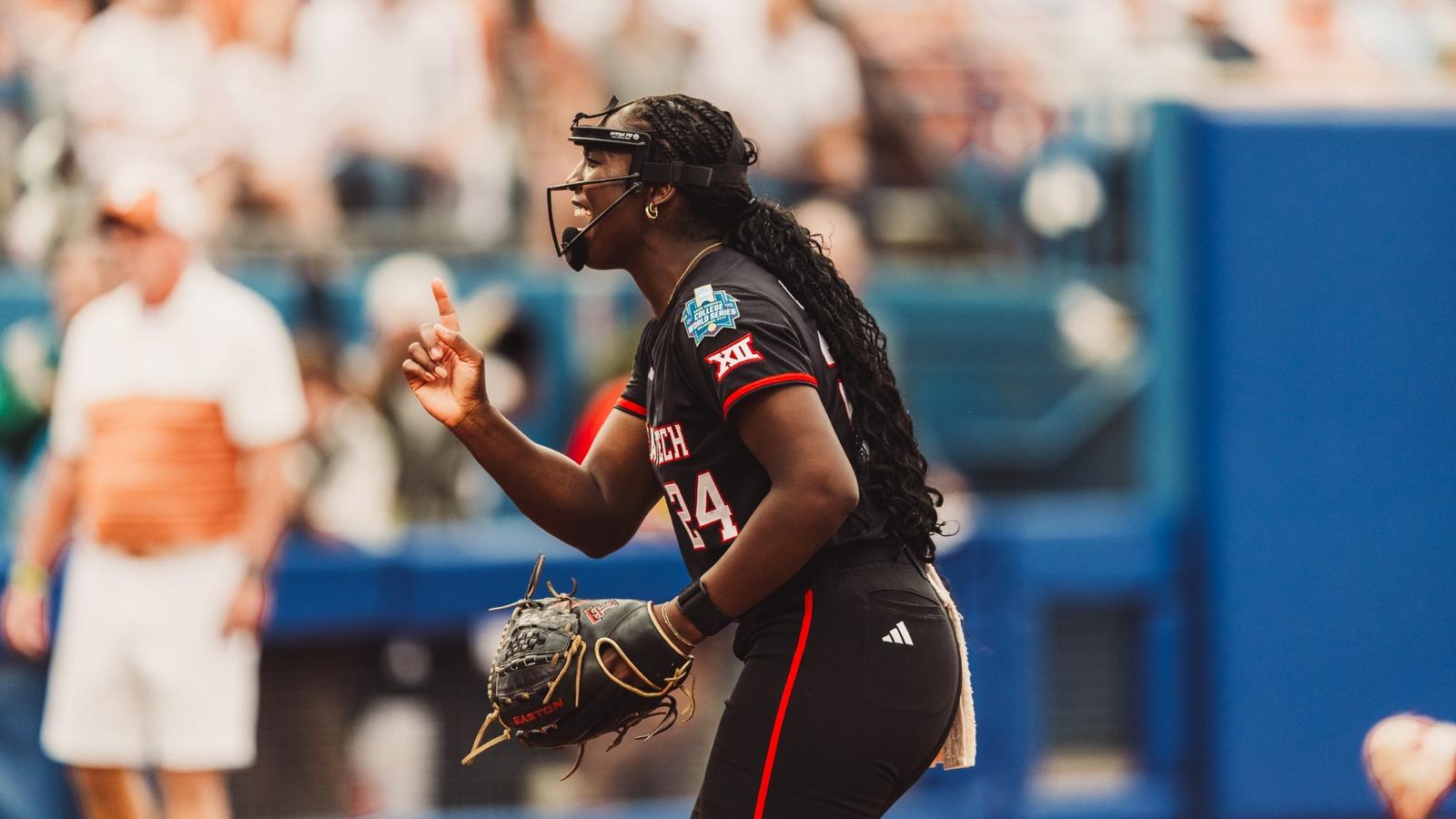
“Winning the Honda Award is an incredible honor that not only represents me, but also my teammates, coaches and family,” said Canady. “I am so grateful to represent this sport!”
A Topeka, Kansas native, Canady was named a consensus First Team All-American by the NFCA, D1Softball and Softball America. Canady was also named the Big 12 Pitcher of the Year, Big 12 Tournament Most Outstanding Player and a member of the 2025 WCWS All-Tournament Team.
Canady led the nation in wins (34), ranked second nationally in ERA (1.11) and strikeouts (319), third in hits allowed (3.88), and was fourth in strikes-to-walk ratio (6.62) in route to being named the NFCA Pitcher of the Year and a top three finalist for USA Softball Player of the Year.
About the award:
The Honda Sport Award has been presented annually by the CWSA for the past 49 years to the top women athletes in 12 NCAA-sanctioned sports, signifying “the best of the best in collegiate athletics.” The recipient of the sport award becomes a finalist for the Collegiate Woman Athlete of the Year and the prestigious 2025 Honda Cup, which will be presented during a live telecast on CBS Sports Network on June 30, at 7 pm ET, in New York City
-

 Professional Sports3 weeks ago
Professional Sports3 weeks agoJon Jones answers UFC retirement speculation as fans accuse champion of 'holding the belt …
-

 Motorsports3 weeks ago
Motorsports3 weeks agoWhy IHOP Rode With Dale Earnhardt Jr. In Amazon NASCAR Debut
-

 NIL2 weeks ago
NIL2 weeks ago2025 NCAA Softball Tournament Bracket: Women’s College World Series bracket, schedule set
-

 Health5 days ago
Health5 days agoOregon track star wages legal battle against trans athlete policy after medal ceremony protest
-

 College Sports1 week ago
College Sports1 week agoIU basketball recruiting
-

 Professional Sports5 days ago
Professional Sports5 days ago'I asked Anderson privately'… UFC legend retells secret sparring session between Jon Jones …
-

 Youtube3 weeks ago
Youtube3 weeks agoAnt greets A-Rod & Barry Bonds before Game 3
-

 Rec Sports2 weeks ago
Rec Sports2 weeks agoJ.W. Craft: Investing in Community Through Sports
-

 Professional Sports5 days ago
Professional Sports5 days agoUFC 316 star storms out of Media Day when asked about bitter feud with Rampage Jackson
-

 Rec Sports2 weeks ago
Rec Sports2 weeks agoScott Barker named to lead CCS basketball • SSentinel.com





























 Stephen A. responds to LeBron’s NBA coverage criticism | First Take
Stephen A. responds to LeBron’s NBA coverage criticism | First Take








